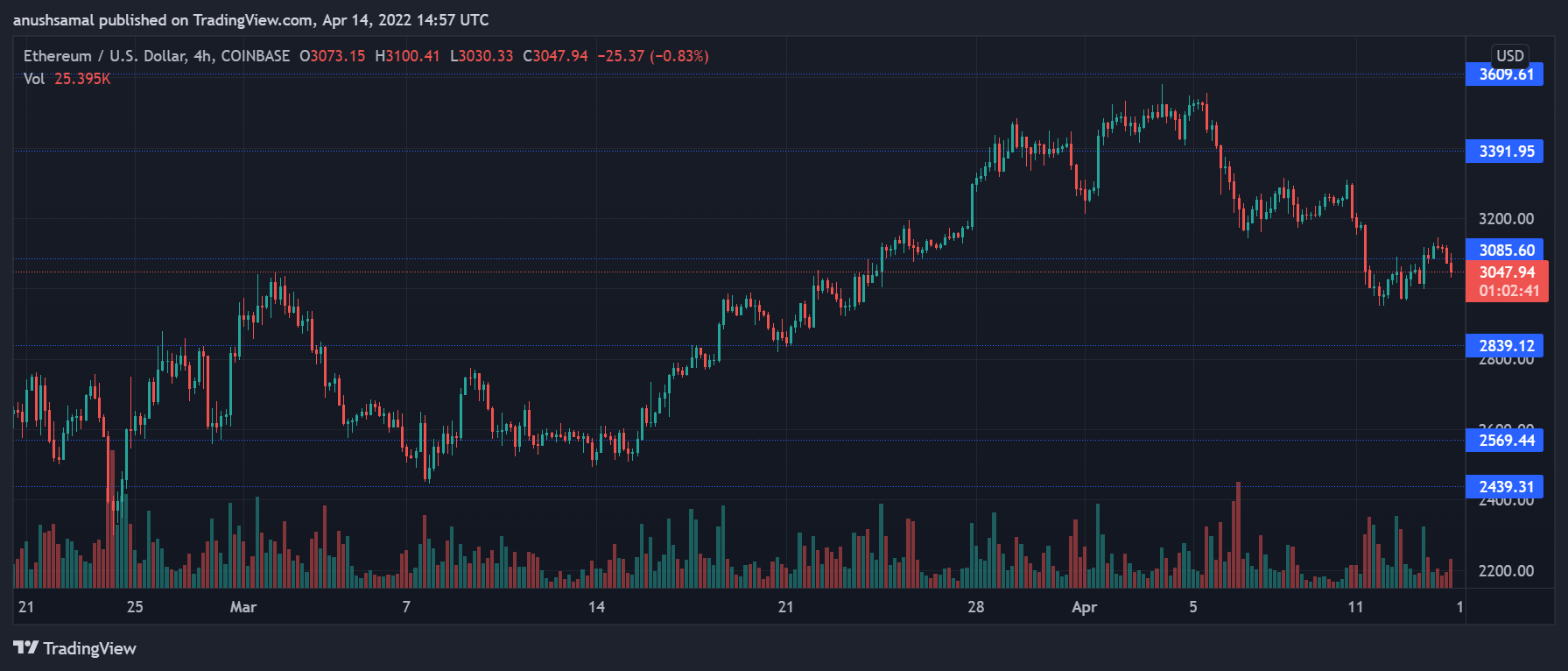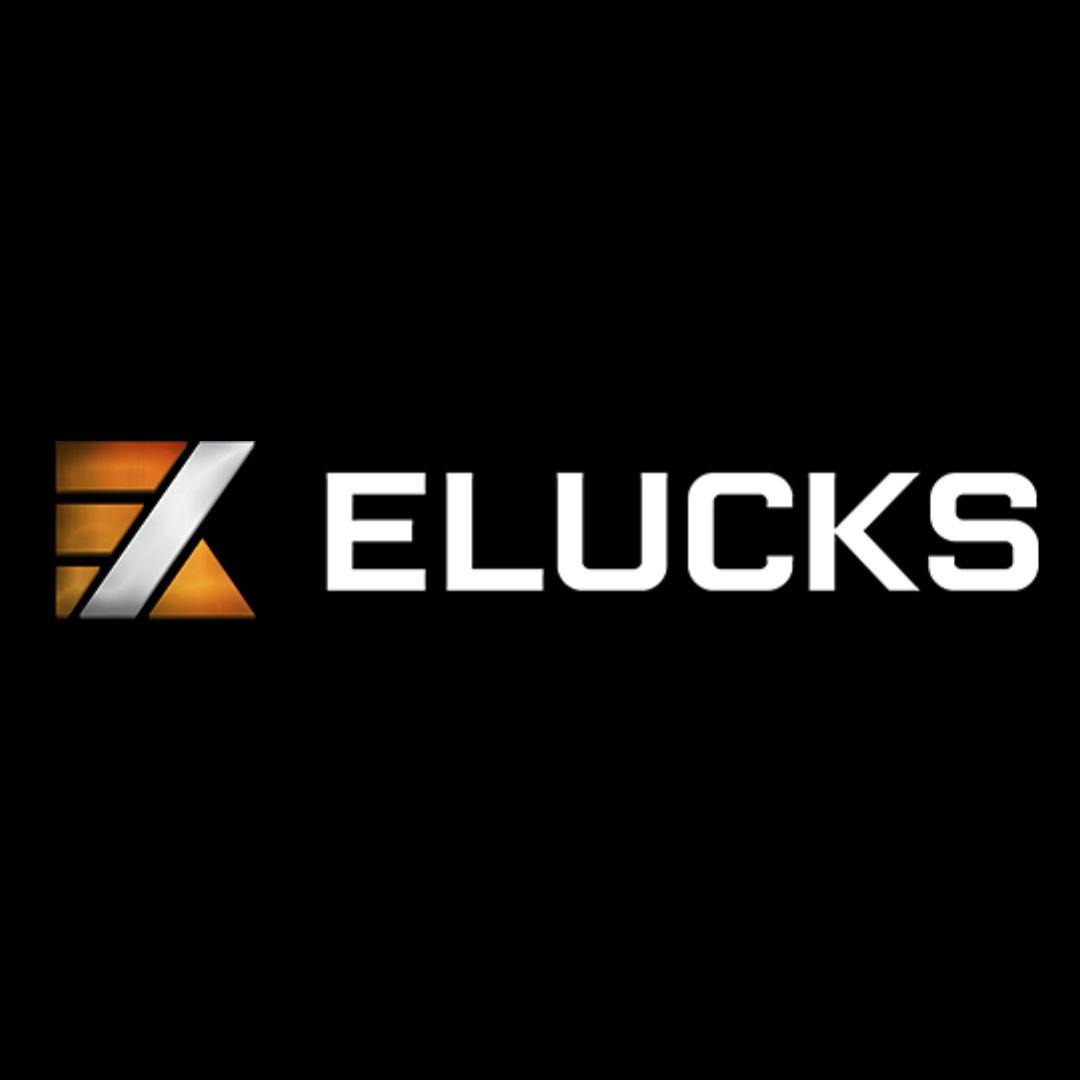The Ethereum Merge is the upcoming transition from proof-of-work to a proof-of-stake system and the Merge is the most important part of the ETH 2.0 upgrade.
The upgrade is concerned with the transition from proof-of-work to proof-of-stake consensus. The upgrade as reported has been delayed until the end of 2022, with no firm date on the horizon.
Ethereum developers had mentioned that concluding tests before the protocol’s transition to proof-of-stake was going well.
Ethereum’s developer Marius Wijden tweeted that “the shadow fork” was a “huge success”. Earlier the shift from energy-intensive mining to stakers was supposed to be scheduled after July, this year.
Tim Beiko’s Confirmation About The Ethereum Merge Delay
Ethereum’s core developer, Tim Beiko, stated in a Tweet after much speculation that the awaited ETH Merge is headed for postponement.
He has confirmed that the Merge shall not happen in the month of June and instead the transition to proof-of-stake will be here “in a few months after.” Tim Beiko however, stated that the shift to the proof-of-stake consensus is in its final stages.
Vitalik Buterin had also previously stated that the Merge wouldn’t occur anytime before the month of July, and the date of the transition has been pushed back and forth a couple of times before this.
ETH alone uses 112.6 Terawatt-hours of electricity per year, so the environmental concern and focus happen to be the highlight of this transition.
In a tweet from Ethereum DevOps, Parathi Jayanathi had also mentioned that three shadow forks of Ethereum’s Goerli testnet had bugs and that the team is working to fix them before the update.
The aforementioned tweet signals that the updates regarding the date of the Merge are still quite unclear to depend on.
Suggested Reading | Ethereum Devs Launch Their First Mainnet “Shadow Fork” Ahead Of Merge
Ethereum Rigs Investment Not Encouraged At This Point
The switch from proof-of-work to the proof-of-stake model is going to do away with all the energy concerns, which automatically means that Ethereum’s mining will cease to exist.
This signifies that ETH mining rigs will be sorely affected by this transition.
ETH mining rigs have been a huge investment for miners and a lot of these investments are currently dependent on the upgrade. Ethash miners are one of the most profitable crypto miners in the industry. Ethereum developer Tim Beiko told Bloomberg:
I am more concerned about the people who don’t even know this is happening, and they buy this $3,000 miner, and three months later it stops working, and It would be a bad idea to start mining today.
On average, an Innosilicon A11 Pro ETH miner (1,500 MH/s) can bring close to $54.30 per day in Ethereum profits and uses up approximately $0.12 per kilowatt-hour according to today’s ETH exchange rates.
In the new PoS setting or mechanism which is still undergoing tests, ETH validators are rewarded because they make sure that the network processes transactions. Currently, the reward is paying about 4.47% in ETH to the stakers, as reported by the data from Staking Rewards.
Suggested Reading | Elon Musk Dangles $43 Billion For Twitter Buyout – A ‘Hostile’ Takeover?
 Ethereum displays range-bound movement on the four-hour chart. Image Source: ETH/USD on TradingView
Ethereum displays range-bound movement on the four-hour chart. Image Source: ETH/USD on TradingView





